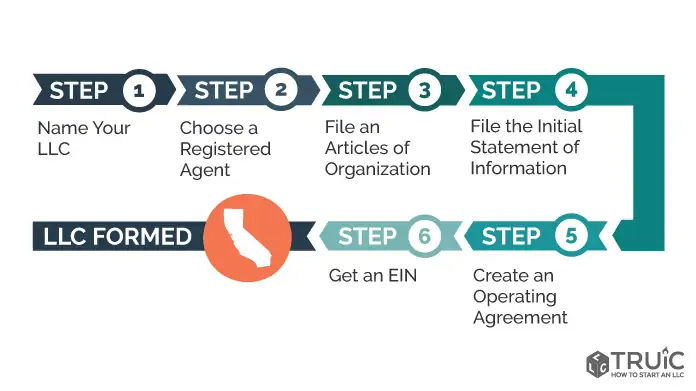As per PeersistenceMarketResearch, the global indwelling catheters market will witness a CAGR of more than 9% between 2020 and 2030.
Market Snapshot
The present scenario is such that prostate gland surgery can’t be imagined without indwelling catheters (better known as Foley Catheters). The other ailments catered to include kidney stones, BPH. NCBI states that BPH is prevalent in 20 to 62% of men aged 50 and above, especially in the UK< US, Ghana, and Japan. These countries are there to take the indwelling catheters market by storm going forward.
How is the Market Categorized?
Indwelling Catheters, by type of product, include 4-way Foley catheter, 3-way Foley catheter, and 2-way catheter. By material, it’s silicone and latex. By application, it’s surgery, benign prostatic hyperplasia, urinary incontinence, and others. By end-user, it’s long-term care centers and hospitals & specialty clinics.
Region-wise
North America holds the largest market share due to urinary incontinence in rampant along with growth in the number of surgeries herein. The Society for Healthcare Epidemiology of America states that over 25% of those hospitalized do get Foley catheters placed at the time of their hospital stay.
This percentage itself speaks volumes of demand for indwelling catheters. Europe stands second on this count. The Asia-Pacific is expected to grow exponentially herein due to improvement in healthcare infrastructure, especially in China and India. Japan is already into dominance. MEA will also contribute to the generation of revenue due to Ghana taking the center stage (as stated above).
How about Key Players?
The key market participants include Cardinal Health Inc., Medline Industries, Inc., Becton, Dickinson and Company, Sunmed, LLC, Cook Medical, Inc., Amsino International, Inc., Coloplaast, Teleflex Incorporation, B. Braun Melsungen AG, and Bactiguard. Coming to developments, Cathetrix, in Oct 2019, did launch its very first Foley catheter securement device called “FoleySafe” at “MEDICA 2019”. It does avert damage to urethra and bladder from the accidental “urinary catheter extraction”. Plus, BD, in Sep 2018, did receive clearance from the US FDA for BARD Vertus Foley Catheter. The functionality is – collection of urine. The same BD, in Dec 2017, went ahead with acquisition of C.R. bard, Inc. with the objective of including the latter’s distinguished product portfolio and restoring the market position.
To Know More about Report @ https://bit.ly/2Pn1t6P

